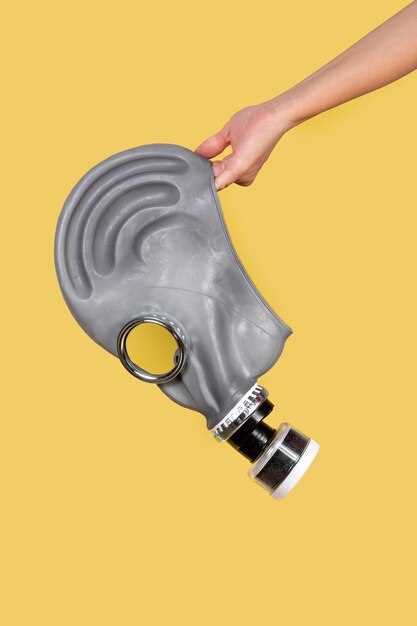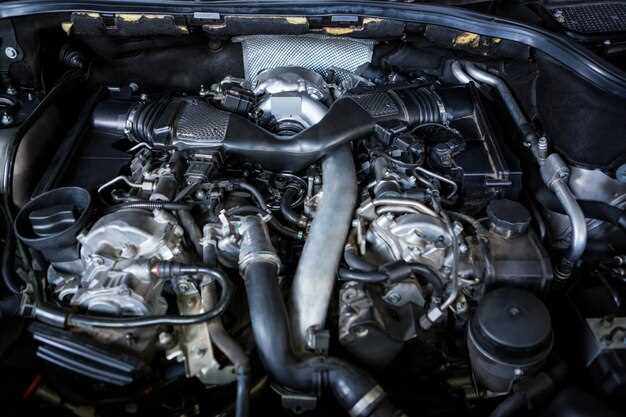
Upgrading your vehicle’s air intake system is one of the most effective and accessible ways to enhance its performance. While many car enthusiasts focus on engine tuning and exhaust modifications, the air intake system plays a crucial role in determining how efficiently your engine breathes. A high-performance air intake system allows for increased airflow, which can lead to significant improvements in horsepower and torque.
When you upgrade to a specialized air intake, you’re not just changing a component; you’re optimizing the entire air-fuel mixture entering the combustion chamber. More air means that your engine can burn fuel more efficiently, resulting in better acceleration and responsiveness. Additionally, a well-designed air intake can improve the engine’s sound, giving your vehicle a more aggressive growl that many drivers crave.
Moreover, enhancing your vehicle’s air intake can contribute to better fuel efficiency. By ensuring that your engine receives the ideal amount of air, the vehicle can operate within its optimal range. This balance can lead to increased miles per gallon, providing both performance benefits and economic advantages.
In this article, we will explore different types of air intake upgrades, their benefits, and what to consider when choosing the right system for your vehicle. Whether you’re a seasoned car buff or a newcomer to automotive modifications, understanding the impact of air intake upgrades can set you on the path to a more exhilarating driving experience.
Choosing the Right Air Intake System for Your Vehicle Make and Model
Selecting the appropriate air intake system for your vehicle requires a keen understanding of both your specific make and model as well as your performance goals. Different vehicles have distinct engine setups, which influence the type of air intake that will optimize performance. Assessing factors such as engine displacement, turbocharging, and fuel type is crucial.
Start by researching your vehicle’s compatibility with various air intake systems. Options generally include cold air intakes, short ram intakes, and intake manifolds. Cold air intakes are designed to pull cooler air from outside the engine bay, enhancing air density and combustion efficiency. In contrast, short ram intakes often provide quicker throttle response but may draw warmer air, which could affect overall performance.
Consider the material of the intake system. Most options are made from plastic or metal, with metal intakes often providing better durability and heat resistance. However, each material has its pros and cons in terms of weight and heat retention. Be sure to check for air filters as well; reusable filters may save money long-term and improve airflow compared to disposable ones.
Compatibility with additional modifications is another vital aspect to consider. If your vehicle has aftermarket components like exhaust systems or tuned engines, ensure the air intake system is designed to work harmoniously with these upgrades. Moreover, reading user reviews and seeking advice from auto enthusiasts can provide insights into how different systems perform under real-world conditions.
Finally, remember that installation ease varies among different air intake systems. Some may require professional installation due to complexity or specific modifications, while others can be a straightforward DIY project. Be sure to weigh the cost of potential installations when budgeting for your performance upgrades. Selecting the right air intake system tailored to your vehicle’s specifications and your performance aspirations will significantly enhance your driving experience.
Installation Tips for Maximum Gains from Air Intake Modifications

Proper installation of an air intake system is crucial for achieving optimal performance gains. Follow these detailed tips to ensure a successful upgrade.
First, always read the manufacturer’s instructions thoroughly before starting the installation. Each air intake system may have unique requirements and specifications that are vital for proper functioning.
Prepare your workspace by organizing tools and components required for the installation. Common tools include screwdrivers, socket wrenches, and pliers. Ensuring everything is accessible will streamline the installation process.
Before removing the stock air intake, disconnect the battery to prevent any electrical issues. Additionally, make sure to clean the surrounding area to avoid debris entering the engine during the installation.
When replacing the stock intake, pay close attention to the orientation of the new components. Ensure that the air filter is properly positioned to prevent any airflow restrictions. Positioning is key to maximizing the amount of cool, dense air entering the engine.
Use high-quality clamps and fittings to secure the new intake system. Loosely tightened connectors can lead to air leaks, which diminish the performance benefits of the upgrade. Double-check all connections to ensure they are properly tightened.
Consider reinforcing any brackets or mounts provided with the new intake system. Vibration and engine movement can cause stress on components, leading to premature wear or damage if not securely mounted.
After installation, perform a visual and functional check of the entire setup. Ensure there are no obstructions blocking the airflow path and that all hoses and connections are intact.
Once everything is securely in place, reconnect the battery and start the engine. Allow it to idle and check for any unusual sounds or warning lights on the dashboard. If everything appears normal, take the vehicle for a short test drive to feel the improvements in throttle response and engine performance.
Finally, always follow up on any scheduled maintenance related to your air intake system. Cleaning or replacing the air filter regularly will maintain optimal airflow and performance over time. With these installation tips, you can ensure your air intake modifications deliver the maximum possible gains for your vehicle.
Monitoring Your Vehicle’s Performance After Upgrading the Air Intake

When you’ve upgraded your vehicle’s air intake system, it’s crucial to monitor its performance to ensure that you are reaping the full benefits of the modification. This process involves a combination of observing real-world driving experiences and using diagnostic tools.
1. Observe Real-World Performance: Begin by paying attention to how your vehicle feels during acceleration and overall driving. A noticeable improvement in throttle response is often a direct indicator of a successful upgrade. Look for increased power during high RPMs and smoother performance during low-speed driving.
2. Use an OBD-II Scanner: Consider employing an OBD-II scanner to monitor various engine parameters. This tool can provide real-time data on air-fuel ratio, engine load, and even engine temperature. A well-functioning air intake should help achieve a more optimal air-fuel mixture, resulting in better performance and fuel efficiency.
3. Track Fuel Efficiency: Document your vehicle’s MPG both before and after the installation. A successful air intake upgrade typically leads to improved fuel efficiency due to better airflow and increased engine performance. Ensure you are measuring in similar driving conditions for accurate comparisons.
4. Dyno Testing: For the most accurate performance evaluation, consider using a dynamometer (dyno). This will give you precise measurements of horsepower and torque before and after the upgrade. A dyno test can highlight differences you might not feel during everyday driving.
5. Listen for Unusual Sounds: Pay attention to any new sounds from the engine. While a louder intake noise can be normal, any irregular noises may indicate installation issues or potential problems with the new components. Promptly addressing any concerns can prevent long-term damage.
6. Check Engine Codes: After installing the new air intake, regularly check for any engine codes that may appear. Upgraded air intake systems can sometimes trigger the check engine light if not calibrated properly. Ensure your vehicle’s ECU is tuned to accommodate the new modifications.
By implementing these monitoring techniques, you can effectively gauge the performance of your vehicle after upgrading the air intake. This proactive approach ensures that your modifications are functioning as intended, enhancing your driving experience.